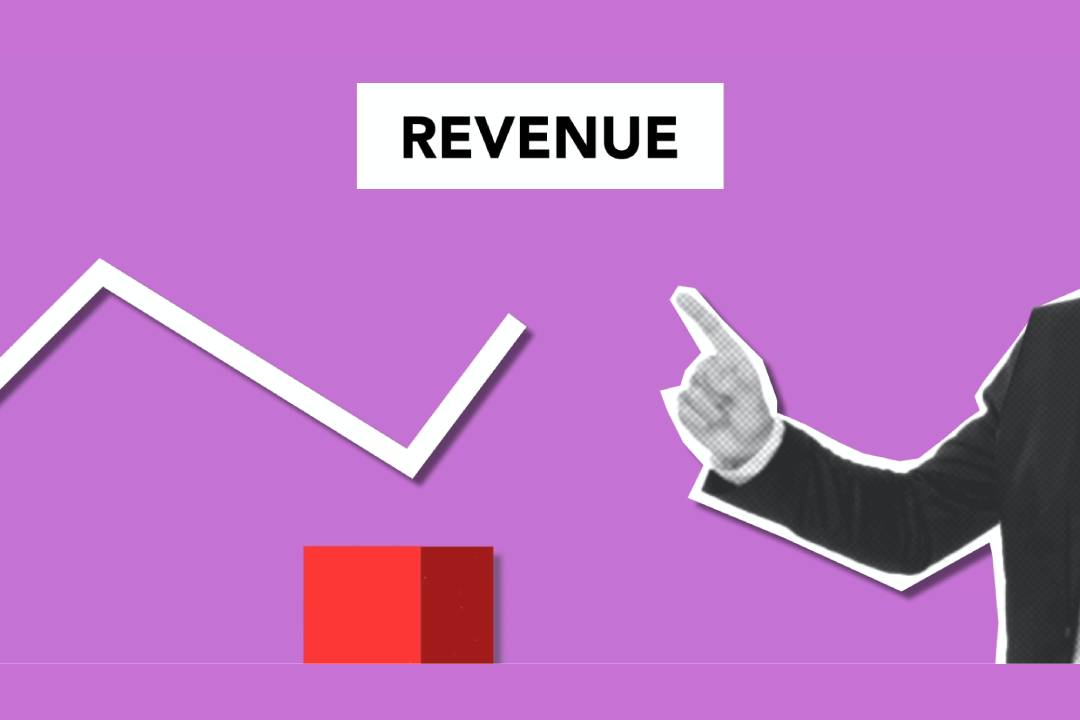

Economic activity trackers
After a huge rebound from the Omicron disruption, our Australian Economic Activity Tracker fell slightly over the past week reflecting slight falls in confidence, mobility and transactions. It remains strong though.
Our US and European Economic Activity Trackers pushed a bit higher although improvement in Europe slowed – possibly as the war in Ukraine starts to impact. Further impact from the war is likely but it should be modest if gas and oil supplies from Russia are not cut.

Major global economic events and implications
US data was mostly strong. While the ISM services conditions index fell in February it remained strong at 56.5, the manufacturing conditions ISM rose, construction rose solidly and jobs data remained strong. Of course, the sting in the tail remains high on inflation pressures with the Fed’s Beige Book referring to prices rising at a “robust pace” and ISM price readings remaining elevated, although some are off their highs and supplier deliveries have improved.
Eurozone inflation rose more than expected again in February to 5.8%yoy, with core inflation rising to 2.7%yoy. This adds to the challenges facing the ECB but with uncertainty around the impact of Ukraine on growth and financial stability, it's likely to delay moves to wind up quantitative easing.
Japanese data was soft with industrial production, retail sales and consumer confidence down and unemployment up slightly, but the ratio of job openings to applicants rose.
Chinese business conditions PMIs for February were little changed at about 50/51 suggesting growth may have stabilised but it's yet to pick up much.
Australian economic events and implications
The past week saw an avalanche of economic data releases in Australia – most of which were on the strong side with the highlight being a 3.4% rebound in December quarter GDP. This was in line with expectations and mainly reflected a rebound in consumer spending after the east coast Delta lockdowns, but it meant that GDP was up 4.2% through 2021.
A further plunge in home building approvals in January points to slowing dwelling investment ahead but growth in consumer spending should remain robust supported by $250bn in excess savings, a still-high household saving rate of 13.6% and spending on services still remaining below its pre-covid trend. A strong rise in January retail sales of 1.8%mom is consistent with this. While the east coast floods and a possible short term hit to confidence from Ukraine may depress near term growth, we continue to expect GDP growth this year of 4.5%yoy.
A rebound in the trade surplus in January to a near-record $12.9bn highlights that the ongoing commodity boom is continuing to benefit Australia. This will receive another boost as global energy and food prices have surged following the start of the war in Ukraine.
An outworking of the strong rebound in the economy and the surge in export prices is that the Federal budget deficit for the financial year to date to January is running $13bn below the level implied by the Government’s mid-year review. That would translate to just over $22bn on an annualised basis. The upshot is that there is plenty of scope for the Government to announce more fiscal stimulus in the May Budget or ahead of the election and still announce a lower budget deficit than what it projected just back in December.
Housing finance up to record levels but home price growth slowing
Conflicting indicators are often the case at turning points as we are seeing right now in relation to housing, with housing finance rising to a record in January and pointing to a further acceleration in housing credit growth. Auction clearance rates remain strong but CoreLogic data shows a further slowing in home price growth, with Sydney prices falling and Melbourne prices flat.
Our assessment remains that national home price growth will continue to slow this year with prices likely to peak about mid-year and fall 10-15% into 2023-24 as poor affordability and rising mortgage rates impact. Sydney and Melbourne are likely to peak earlier if they haven’t already.

The Melbourne Institute’s Inflation Gauge for February rose again and points to a further acceleration in inflation with its measure of trimmed mean inflation accelerating to 3.2%yoy and pointing to a faster pickup in inflation this quarter than the RBA is expecting.

Outlook for investment markets
Another big dividend payout is on the way. Thanks to another strong earnings reporting season the next two months will see $36bn in dividends paid out to shareholders (according to calculations by The Coppo Report) which is down from the record $38bn paid out six months ago but way up on the $26bn from a year ago.
Shares are likely to see continued volatility this year as the Ukraine crisis continues to unfold and inflation, monetary tightening, the US mid-term elections and geopolitical tensions with China and potentially Iran all impact. However, we still see shares providing upper single-digit returns this year as global recovery continues. Profit growth slows but remains solid and interest rates rise but not to onerous levels.
Still-very-low yields and a capital loss from a rise in yields are likely to again result in negative returns from bonds this year.
Unlisted commercial property may see some weakness in retail and office returns, but industrial property is likely to be strong. Unlisted infrastructure is expected to see solid returns.
Although the AUD could fall further in response to the Ukraine crisis and Fed tightening, a rising trend is likely over the next 12 months helped by rising commodity prices, probably taking it to about $US0.80.